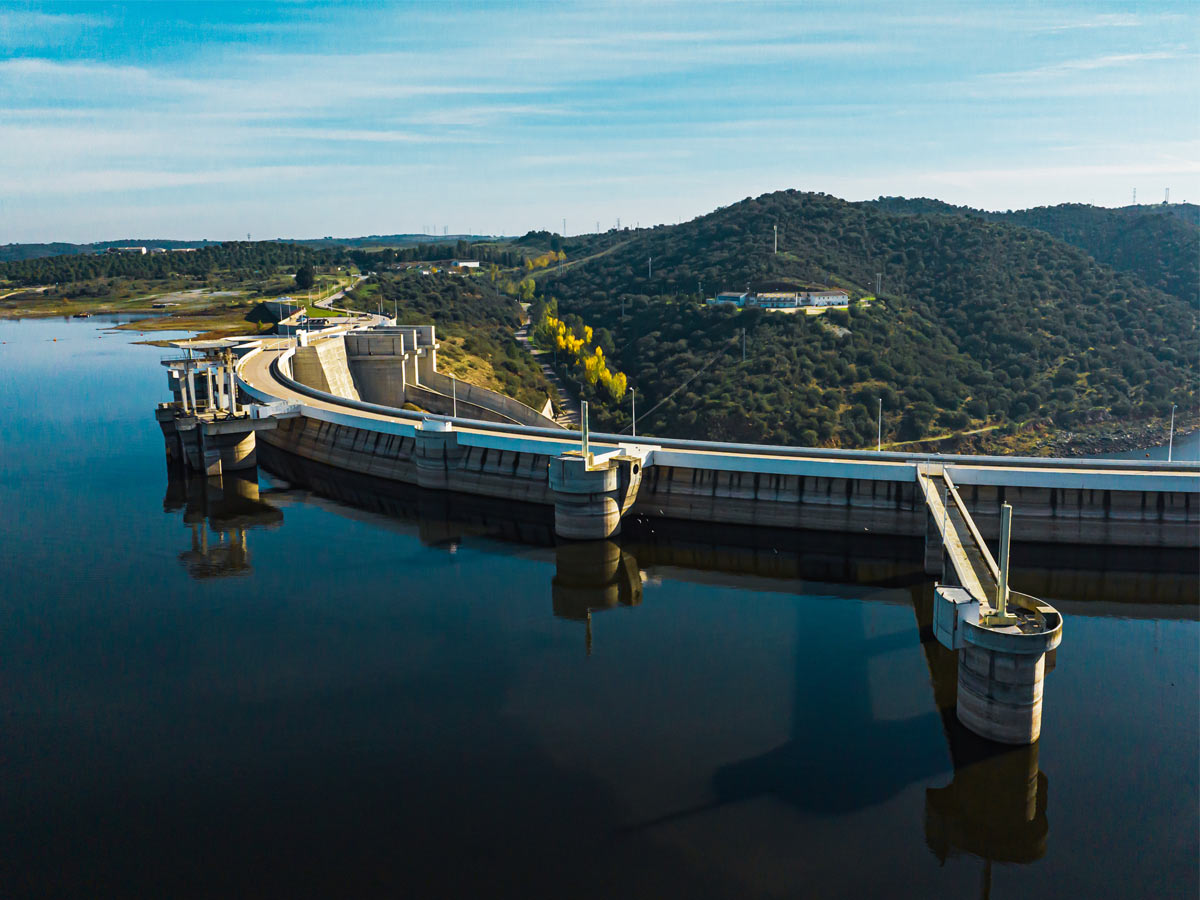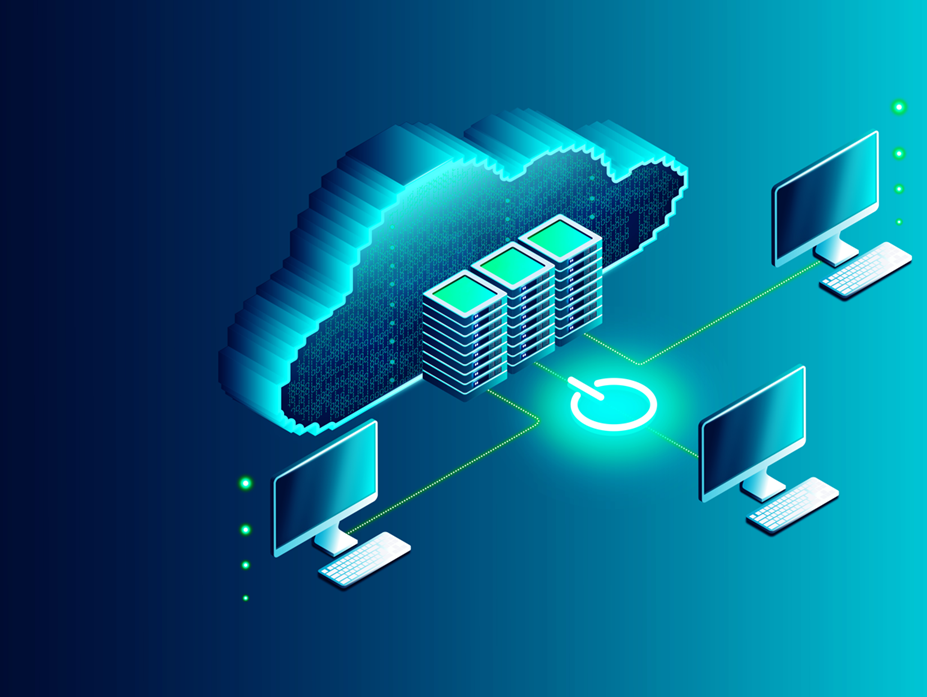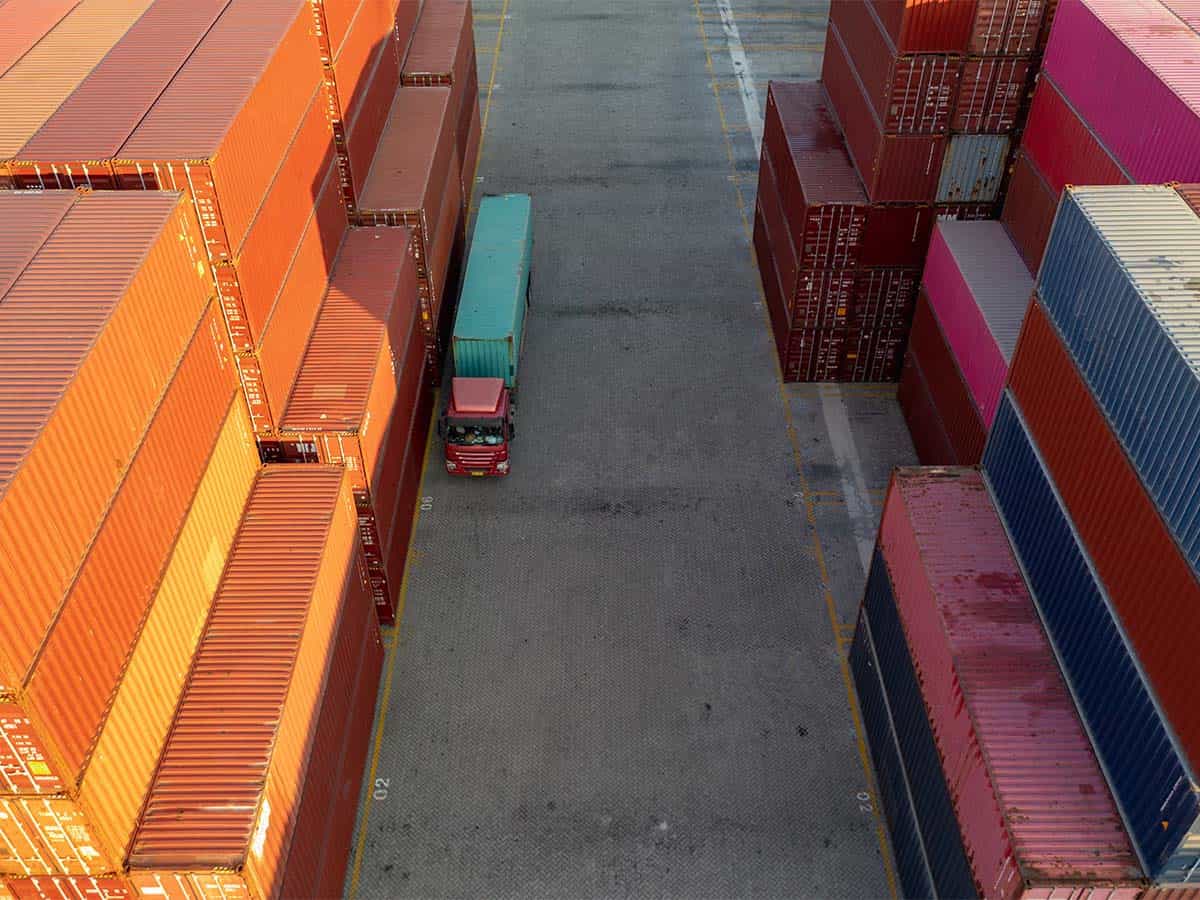- AWS Executive Insights›
- Innovation›
- Fighting Climate Change with the Cloud
Fighting Climate Change and Building a Sustainable Future with the Cloud
Climate connections
Climate change is a primary driver of numerous calamities including floods, fires, diseases, droughts, and even ecosystem collapse. These disasters pose significant risks to human health and wellbeing, especially for our most vulnerable communities.
Indeed, Adam Selipsky, former CEO of AWS, has called climate change the issue of our generation. Yet individuals and organizations are rising to the challenge and working to monitor and forecast climate change, mitigate its impact, and find solutions. To build these solutions, people need access to the best available data, science, and technology.
That’s where AWS comes into the picture. As a global cloud service provider, AWS provides on-demand digital technologies that enable public and private actors to share and analyze data in a more collaborative way. Together, these stakeholders can use the cloud to develop solutions that can make society more resilient and reduce risks to health, economy, infrastructure, and the environment.
► Download the ebook: Climate Connections

How AWS helps organizations with climate change
Our Climate Connections eBook shows how AWS is helping organizations tackle climate change at scale. Here are some highlights from four of the seven key areas discussed in the eBook:
1

Environment and natural resources
Climate change threatens natural resources such as water, forests, and wildlife that sustain our way of life. The degradation and loss of these resources affects all of us – which means that every community should have access to the climate data it needs to be part of the solution.
AWS Cloud democratizes data and analytics, making it possible for all sorts of organizations to access and process high-quality open data sets so they can forecast harmful events (such as forest fires), assess land degradation, and find the most effective ways to restore ecosystems with an eye toward achieving environmental justice.
The cloud also provides a platform for modelers to run analyses and evaluate risks as climate change amps up the frequency and severity of natural disasters. For instance, modelers can use AWS to see how coastlines will change and plan how to protect lives and property as storm surges, floods and wildfires become more frequent.
In order to better manage climate challenges, organizations need to tackle skill shortages when it comes to gathering, cleaning, and analyzing climate data. AWS is committed to closing this skills gap through high-quality education and training programs, as well as data modeling platforms that enable analysts to build machine learning (ML) models using point-and-click interfaces without having to write code.
"The complexity of climate change requires an inclusive, interdisciplinary approach. Organizations can start by democratizing tools, data, and science with the cloud, helping bring more people into the climate discussion."
— Ana Pinheiro Privette, Global Lead of the Amazon Sustainability Data Initiative
2

Smart cities and buildings
In 2020, the United Nations Development Program estimated that cities account for 70% of global GHG emissions. With urban populations expected to increase over the next few decades, cities will need smart buildings and public infrastructure to become more efficient and resilient.
Smart city initiatives typically depend on large amounts of data collected through mobile networks and analyzed automatically. AWS offers cities powerful tools so they can monitor, manage, and model smart infrastructure solutions using digital twin technology, hyper-localized 5G capabilities, and IoT integrations.
Climate change often has the greatest impact on those communities with the fewest resources. That’s why AWS Innovation Studio has partnered with organizations like the Resilient Cities Network and the Massive Data Institute at Georgetown University to show how cloud-based data analytics can lead to climate solutions that produce fairer and more equitable outcomes for all communities.
On a more granular level, AWS can help building managers improve efficiency and sustainability by collecting data from IoT sensors, analyzing that information using AI/ML services, and tracking KPIs on easy-to-read dashboards. Indeed, Amazon itself uses AWS in this way to improve sustainability at over 350 fulfillment centers and get closer to The Climate Pledge commitment of reaching net-zero carbon emissions by 2040.
"Collaborating with the AWS Innovation Studio is an opportunity for our global, city-led network to co-develop and share resilience solutions so an exponential number of communities benefit."
—Lauren Sorkin, Executive Director, Resilient Cities Network
3

Utilities and power
Energy use is a huge contributor to total GHG, which has driven governments around the world from Australia to Europe and the UK to invest heavily in deriving power from clean energy sources. With its new clean energy directives, the US federal government aims seeks to leverage its scale and procurement power in order to eliminate carbon pollution from the nation’s energy sector by 2035.1
As energy grids become more complex with the integration of significant generating capacity from renewable sources, AWS can help increase grid resiliency, simplify management, and improve availability of essential systems.
The cloud integrates data analytics, high performance computing, graph networks, and AI/ML models to enable faster and less expensive grid simulations, as well as more accurate predictions of energy use and demand.
For example, GE Renewable Energy has used AWS to manage IoT data from over 40,000 assets spread across more than 35 countries. This partnership helped GE improve its system availability from 89-92% to 99.9%.2
1. Fact Sheet: President Biden Signs Executive Order Catalyzing America’s Clean Energy Economy Through Federal Sustainability | The White House.
2. GE Renewable Energy’s Digital Services Platform Achieves 99.9% Data Availability on AWS
“The future is collaboration with customers. Collaboration with AWS is incredibly valuable for our platform as we consider the future of innovation.”
—Steve Deskevich, VP of Product Management at GE Digital
4

Finance
Governments are developing new regulations to direct capital toward building more sustainable economies. At the same time, public and private sectors face serious challenges in calculating the financial impact of climate risks and integrating ESG metrics into their investment, lending, and underwriting decisions.
Cloud computing can help stakeholders surmount these challenges. Modelers can use petabyte-scale open-source climate data hosted by AWS to manage climate finance risks and investment strategies. Organizations can then clean, process, and integrate this data into custom ESG scoring models. The scores emerging from these models can be tested and validated using ML techniques.
Supply chain disruptions and inefficiencies can also cause major financial problems for public and private sector enterprises. Consider, for instance, how an estimated one-third of total global food production is lost or wasted, in part due to inefficient distribution systems.3
AWS underpins cloud-based supply chain solutions that improve visibility and real-time monitoring. In the agricultural sector, this sort of transparency can help both with measuring Scope 3 emissions and also with reducing waste by ensuring that perishable goods are properly kept safe in cold chains from producer to consumer.

With AWS, you can achieve the scalability and agility you need to power...your climate ... journey.
Global Head of Innovation and GTM, AWS
Xiaochen ZhangAWS’s commitment to climate change
Amazon and AWS are committed to tackling climate change at enterprise scale through our own operations and by enabling customers and partners to do the same. The Climate Connections eBook touches on Amazon’s commitments, like reaching 100% renewable energy for operations by 2025 and achieving net-zero carbon by 2040 via The Climate Pledge, alongside a $2B Climate Pledge Fund and $100M in nature-based climate solutions. Across industries and geographies, AWS helps organizations connect data, science, and people to accelerate meaningful outcomes, not just pledges. Explore more perspectives and guidance: Sustainability and ESG.

Why cloud computing plays a critical role in fighting climate change
When leaders ask how to fight climate change with cloud computing, the answer is scale plus speed. Cloud services unify disparate datasets (operational, weather, satellite, financial), apply advanced analytics and AI/ML, and operationalize insights across the enterprise. This is climate change cloud computing in practice: modern data foundations, elastic compute for heavy modeling, and global distribution for rapid experimentation and rollout. In Climate Connections, AWS partners show how open data and shared platforms unlock collaboration across public and private sectors.

How the cloud helps enterprises achieve their sustainability goals
Cloud platforms shorten the time from idea to impact. For example, teams can instrument emissions and energy data, automate reporting, and run optimization models continuously. As Rahul Sareen notes in Climate Connections, “Tracking indirect carbon emissions across value chains is a challenge. You can use AWS frameworks to gather carbon emission data across the entire supply chain, helping to inform your sustainability goals.” Organizations can then couple dashboards with automated actions (e.g., load shifting, route optimization) and embed sustainability KPIs into everyday workflows. For more on this topic, listen to Practical Sustainability: Going Beyond Buzzwords.

Benefits of using the cloud to meet and exceed sustainability targets
Leaders pursuing cloud computing and sustainability goals report plenty of tangible benefits:
- Higher data confidence. Common data models and governed pipelines reduce manual effort and audit risk.
- Faster decisions. AI/ML surfaces patterns in days, not months—improving planning, forecasting, and capital allocation.
- Operational savings. Optimization at scale lowers energy, water, and materials usage while improving service levels.
- Adaptive reporting. Automated disclosures keep pace with changing regulations and stakeholder expectations.

Industry-specific sustainability use cases with the cloud
With demand projected to grow significantly by 2050, open satellite data and IoT help farmers adjust planting and irrigation, improving yields while conserving water. Climate Connections cites programs saving millions of gallons through smarter pre-cooling and irrigation.
Grid forecasting and asset-health analytics improve reliability and integrate more renewables. See GE’s Renewable Energy success story for more details.
AI can tune HVAC and building operations at scale. Hear the story on CWL: Using AI to reduce energy consumption of the planet’s building portfolio.
Climate-risk data marketplaces deliver actionable, audit-ready metrics for portfolio and underwriting decisions—yet another example of technology and climate change converging in the cloud.
Emerging technologies in the cloud for climate change
Digital twins, geospatial analytics, and generative AI accelerate scenario planning and real-time optimization. Climate Connections showcases open geospatial programs (e.g., Digital Earth Africa) that democratize access to petabytes of analysis-ready data “in a click,” enabling communities to monitor land use, heat waves, and flood risk. Startups are also moving fast with gen-AI copilots for design, compliance, and reporting. See How climate-tech startups use generative AI for more.
How to get started with AWS to achieve your sustainability goals
Begin by mapping top-down goals to bottom-up data: define the metrics that matter, unify your data sources, and build a secure foundation for analytics and AI. Use AWS to stand up emissions data pipelines, automate reporting, and pilot optimization models where the ROI is clear (e.g., facilities, fleet, or supply chain). For leadership-level guidance and examples, visit AWS Executive Insights: Sustainability & ESG.
Bringing the planet together
Climate change is a global challenge. Meeting this challenge requires creativity and innovation of people around the world. The cloud facilitates this real-time sharing of knowledge and insights across borders, domains, industries, cultures, and languages. AWS cloud can help people around the world meet the challenges of climate change by accelerating the development of real-world solutions to aid those populations with the greatest needs.